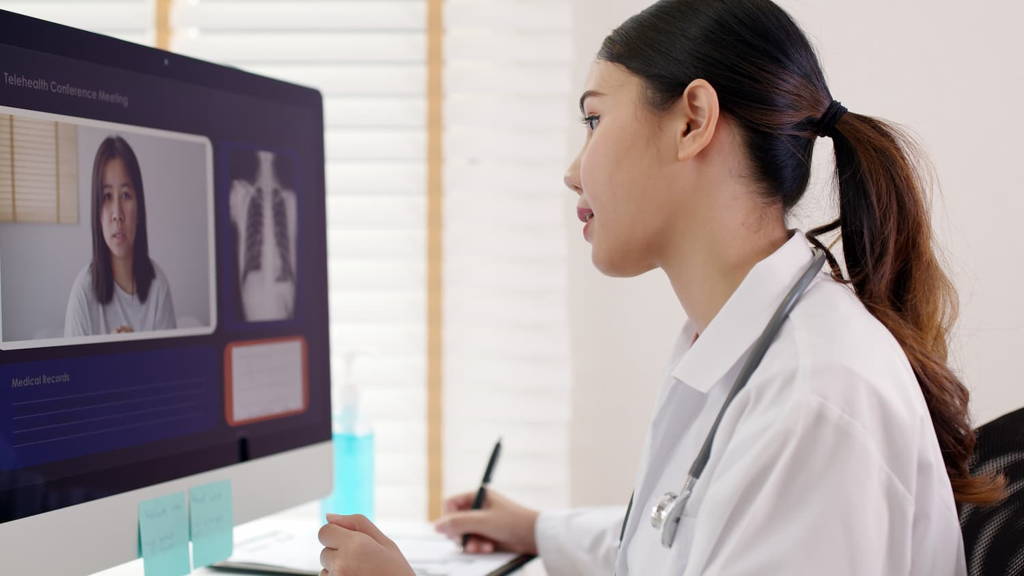
March, 08, 2023.
By Eddie M.
The Impact of Wireless Technology on Healthcare
In recent years, the healthcare industry has been undergoing a significant transformation thanks to the proliferation of wireless technology. The use of wireless technology in healthcare has enabled remote monitoring, telemedicine, and medical device connectivity, allowing healthcare providers to deliver better patient care, reduce costs, and improve outcomes.
Remote Monitoring
Remote monitoring involves the use of wireless technology to monitor patients' health and vital signs from a distance. Remote monitoring allows healthcare providers to track patients' health status and intervene in real-time if any health issues arise. This technology has been particularly helpful in managing chronic conditions such as diabetes, heart disease, and asthma.
Remote monitoring devices can range from wearable sensors to implantable devices, and they collect data such as blood pressure, heart rate, oxygen saturation, and glucose levels. This data is then transmitted wirelessly to a healthcare provider who can monitor it in real-time and make timely interventions if necessary.
The benefits of remote monitoring are many. It allows healthcare providers to provide better care to patients, especially those with chronic conditions, as they can intervene before a health issue becomes critical. Remote monitoring also helps reduce the number of hospital visits and readmissions, which can result in significant cost savings for both patients and healthcare providers.
Telemedicine
Telemedicine refers to the use of wireless technology to provide remote clinical services such as consultations, diagnoses, and treatment. Telemedicine allows healthcare providers to reach patients in remote or underserved areas, as well as those who may be unable to leave their homes due to illness or disability.
Telemedicine services can be delivered through video conferencing, instant messaging, or phone calls, and they can range from primary care consultations to specialist referrals. Telemedicine has been particularly helpful in improving access to care for patients in rural areas and those with limited mobility.
The benefits of telemedicine are numerous. It allows healthcare providers to reach a wider range of patients, improve access to care, and reduce healthcare costs. Telemedicine also allows patients to receive care in a more convenient and timely manner, reducing the need for travel and time off work.

Medical Device Connectivity
Medical device connectivity refers to the use of wireless technology to connect medical devices to healthcare providers' electronic health records (EHRs). This technology allows healthcare providers to access and analyze patient data in real-time, improving patient care and outcomes.
Medical devices such as blood glucose monitors, ECG machines, and ventilators can be connected wirelessly to EHRs, allowing healthcare providers to access patients' vital signs and health data from anywhere at any time. This connectivity also allows healthcare providers to track and manage medical devices remotely, ensuring they are functioning correctly and alerting providers if there are any issues.
The benefits of medical device connectivity are significant. It allows healthcare providers to access real-time patient data, make timely interventions, and reduce errors. It also improves patient safety by ensuring that medical devices are functioning correctly and alerting healthcare providers if there are any issues.
Conclusion
The impact of wireless technology on healthcare has been significant, enabling remote monitoring, telemedicine, and medical device connectivity. These technologies have improved patient care, reduced healthcare costs, and improved outcomes. However, there are still some challenges associated with these technologies, such as data privacy and security concerns.
As wireless technology continues to advance, we can expect to see even more innovative solutions to healthcare challenges. Remote monitoring, telemedicine, and medical device connectivity are just the beginning of what wireless technology can offer the healthcare industry.
Wireless Technology You Might Need

